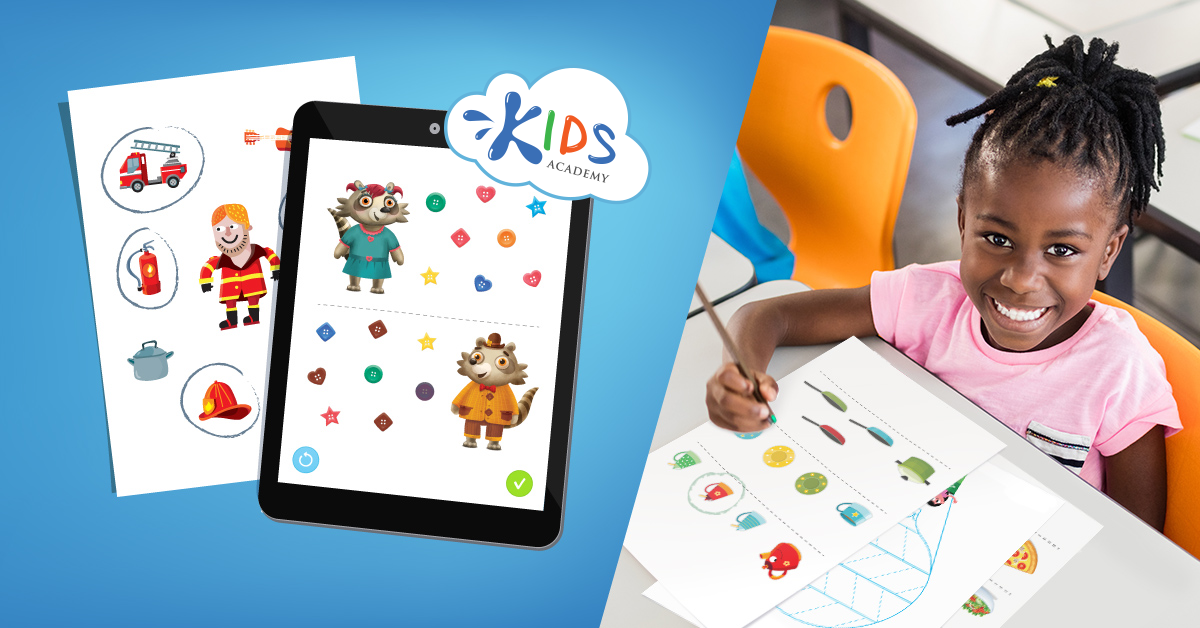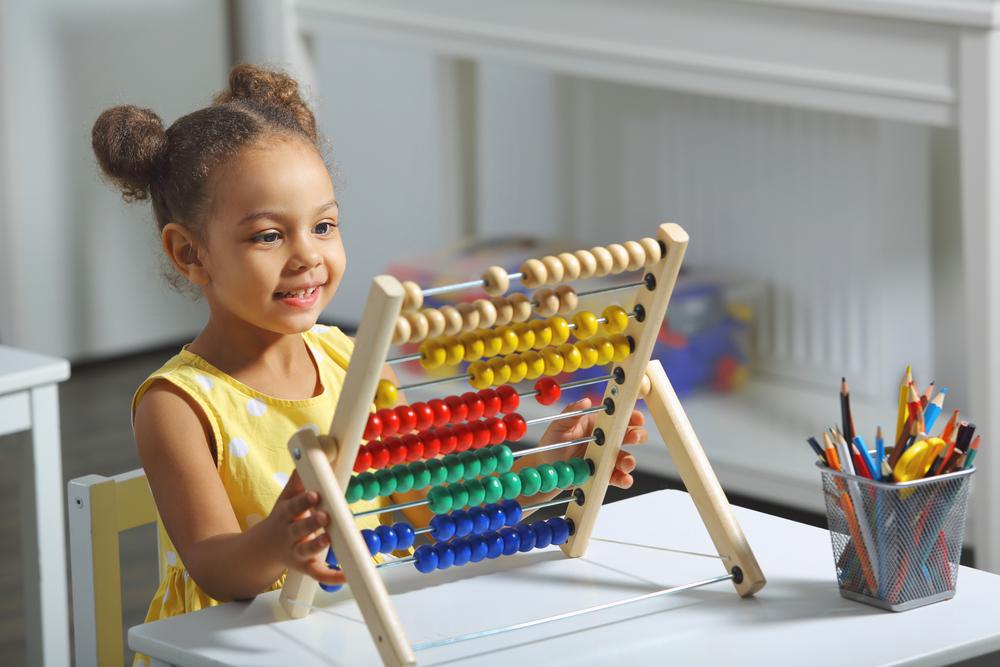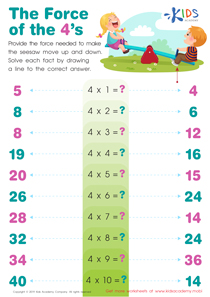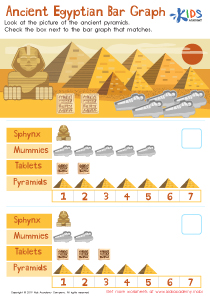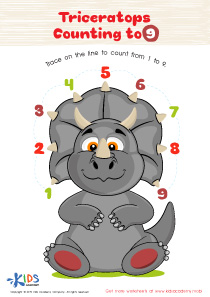Shape identification Easy Math Worksheets for 7-Year-Olds
4 filtered results
-
From - To
Introduce your 7-year-old to the fun world of shapes with our Shape Identification Easy Math Worksheets! Specially designed to enhance learning skills, these artistically crafted worksheets cater to young minds eager to explore geometric shapes. Each worksheet features engaging exercises to help kids easily identify, trace, and differentiate between various shapes such as circles, squares, triangles, and more. Beyond just recognizing shapes, your child will enjoy drawing and matching activities that foster spatial awareness and creativity. Boost foundational math skills with these printable, child-friendly worksheets that make learning a delightful experience. Perfect for home or classroom use!
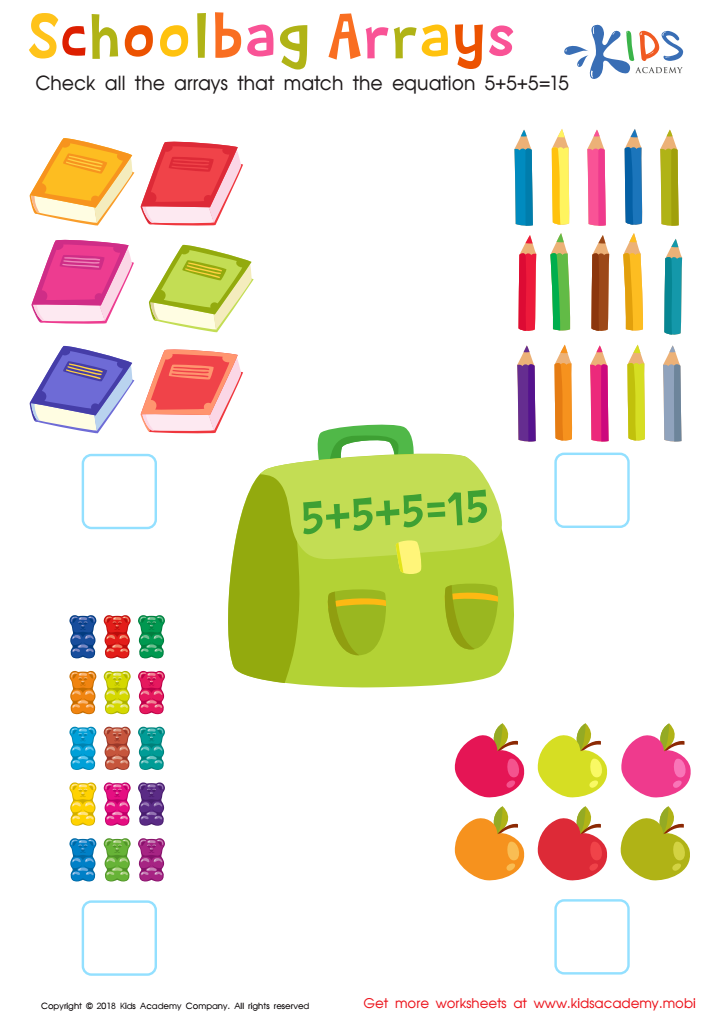

Schoolbag Arrays Worksheet


Number 2 Printable
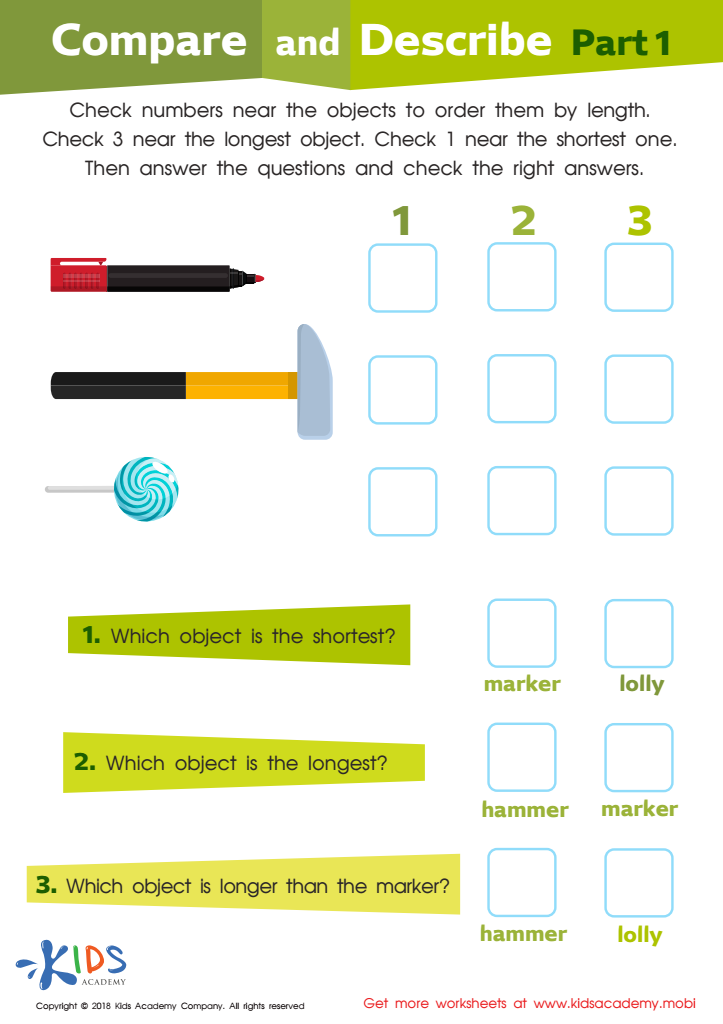

Compare and Describe: Part 1 Worksheet
Shape identification is a foundational aspect of early mathematics education and is crucial for the cognitive development of 7-year-olds. Teaching children to recognize and understand different shapes helps them build stronger spatial awareness, a skill that enhances their ability to recogize patterns and solve problems.
When learning about shapes, children gain the ability to categorize and compare objects based on attributes like size, number of sides, and angles. This fosters early skills in geometry, an essential area of mathematics they'll encounter in more complex forms later on. Additionally, shape recognition is closely linked to language development, as kids learn not only the names of shapes but also how to describe their characteristics.
For parents and teachers, focusing on shape identification offers a fun and interactive way to engage children in learning. Using real-world examples, educational games, or simple arts and crafts projects that incorporate shapes can make abstract concepts more concrete and enjoyable.
Cultivating interest in shapes during early education has long-term benefits. It establishes a strong mathematical foundation, primes children for later success in STEM (Science, Technology, Engineering, and Math) fields, and improves their problem-solving skills critical in everyday life. Therefore, including shape identification in a child's curriculum is an investment in their holistic educational growth.

 Assign to My Students
Assign to My Students




